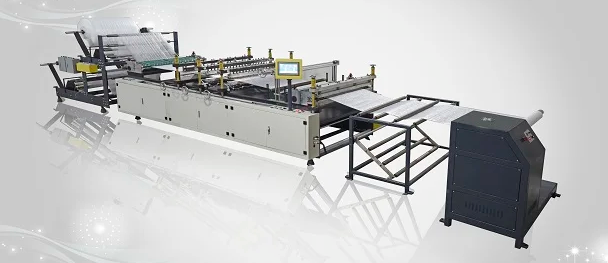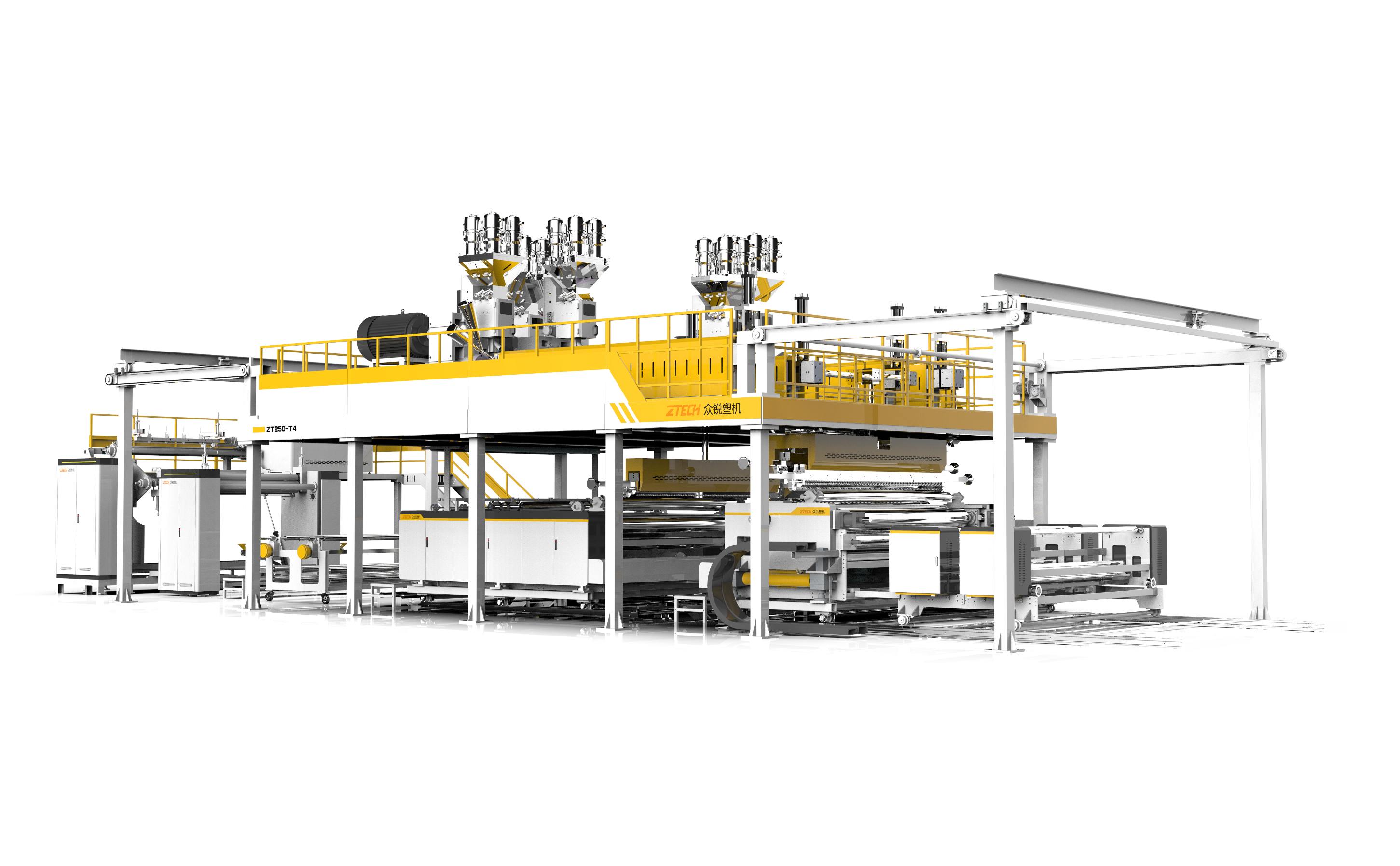In the world of packaging and insulation materials, Expanded Polyethylene (EPE) foam stands out as a popular and versatile option. This unique material has found applications across various industries due to its exceptional properties and eco-friendly nature.
In this article, we will explore the many facets of EPE foam, including its applications, safety considerations, benefits, and water resistance.
Where is EPE Foam Used?
EPE (Expanded Polyethylene) foam is a versatile material that finds applications in various industries. Some common uses of EPE foam include:
●Packaging
EPE foam is widely used for packaging delicate and fragile items such as electronics, glassware, ceramics, and other products requiring protection during transportation and storage.
●Cushioning and Padding
It is utilized as padding in furniture, mattresses, and cushions, providing comfort and support.
●Insulation
EPE foam's thermal insulation properties make it useful for insulating products sensitive to temperature fluctuations, like food and pharmaceuticals.
●Sports and Recreation
EPE foam is used in various sporting equipment, including yoga mats, flotation devices, helmet liners, and padding in protective gear.
●Automotive Industry
EPE foam is employed in automobile interiors for noise reduction, vibration dampening, and as a cushioning material in various parts.
●Construction
EPE foam is used in construction as insulation material, especially in underfloor insulation and wall cavities.
●Medical and Healthcare
It is utilized in medical devices, orthotics, prosthetics, and as padding in wheelchairs and other medical equipment.
●Arts and Crafts
EPE foam is popular in arts and crafts projects due to its ease of cutting and shaping.
●Soundproofing
EPE foam can be used in soundproofing applications to reduce noise and vibrations.
●Flotation Devices
EPE foam is commonly used in swimming aids and life jackets because of its buoyancy.
●Consumer Electronics
EPE foam is used in protective cases and packaging for electronic devices.
●Gardening and Agriculture
EPE foam is used in gardening as a liner for plant pots and as a protective material for packaging delicate plants during transportation.

Automatic Epe Foam Bag Making Machine
Is EPE Material Toxic?
EPE (Expanded Polyethylene) material is generally considered to be non-toxic and safe for everyday use. It is a type of plastic foam commonly used in packaging, cushioning, and insulation due to its lightweight, flexible, and shock-absorbent properties.
EPE is produced by expanding polyethylene beads using heat, and during this process, any potentially harmful chemicals are removed. The final product is inert and does not leach toxic substances. It is also odorless and non-allergenic, making it safe for use in various applications, including food packaging.
However, it's essential to note that while EPE itself is not toxic, the safety of any product or material ultimately depends on its specific composition and how it is used.
Is EPE Foam Hazardous?
EPE (Expanded Polyethylene) foam is generally considered to be non-hazardous and safe for everyday use. It is widely used in various applications, such as packaging, cushioning, insulation, and in recreational equipment like yoga mats and flotation devices.
EPE foam is made from polyethylene, which is a type of plastic known for its durability and non-toxic properties. During the manufacturing process, any potential hazardous chemicals are removed, and the resulting foam is inert and does not release toxic substances under normal conditions.
However, as with any material, there are some precautions to keep in mind:
●Fire Hazard
EPE foam is flammable and can melt when exposed to high heat or an open flame. Burning EPE foam can release harmful fumes and smoke, so it should not be disposed of by burning.
●Choking Hazard
Like any small and lightweight material, EPE foam can present a choking hazard for young children and pets if not used or stored properly.
●Environmental Impact
EPE foam is not easily biodegradable and can contribute to plastic waste if not properly recycled or disposed of. Recycling or reusing EPE foam is encouraged to reduce its impact on the environment.

What Are The Benefits of EPE Foam?
EPE (Expanded Polyethylene) foam offers various benefits that make it a popular material for a wide range of applications. Some of the key advantages of EPE foam include:
●Cushioning and Shock Absorption
EPE foam is known for its excellent cushioning properties, making it ideal for protecting fragile items during transportation and packaging. Its ability to absorb shocks and impacts helps prevent damage to delicate goods.
●Lightweight
EPE foam is lightweight, which reduces the overall weight of the products it is used with, making it cost-effective for shipping and handling.
●Flexibility and Resilience
The foam is flexible and resilient, allowing it to conform to various shapes and easily return to its original form after compression.
●Thermal Insulation
EPE foam provides thermal insulation, making it useful in maintaining temperature-sensitive items, such as food and pharmaceuticals.
●Water-Resistance
EPE foam is water-resistant, protecting items from moisture and water damage.
●Sound and Vibration Damping
Its shock-absorbing properties extend to sound and vibration, making it valuable for soundproofing applications and reducing noise in certain products.
●Non-Toxic and Safe
EPE foam is non-toxic and safe for use in various applications, including food packaging, as it does not release harmful chemicals.
●Recyclable
It can be recycled and reused, reducing its impact on the environment compared to single-use packaging materials.
●Cost-Effective
EPE foam is relatively inexpensive to produce, making it a cost-effective choice for various industries.
●Versatility
EPE foam can be easily cut, shaped, and molded into different forms, making it versatile and adaptable to a wide range of applications.
Is EPE Foam Water Resistant?
Yes, EPE (Expanded Polyethylene) foam is water-resistant. The closed-cell structure of EPE foam prevents water from easily penetrating or being absorbed into the foam. This property makes EPE foam suitable for applications where water exposure or moisture resistance is required.
Due to its water-resistant nature, EPE foam is commonly used in packaging and cushioning for items that may come into contact with moisture during transportation or storage. It helps protect goods from water damage and maintains the integrity of the packaging even in damp or humid environments.
However, it's important to note that while EPE foam is water-resistant, it is not entirely waterproof. If subjected to prolonged exposure to water or submerged for an extended period, some water may eventually seep into the foam through tiny gaps or damaged areas. Nevertheless, for typical everyday applications and short-term exposure to moisture, EPE foam provides reliable water resistance.
Conclusion
In conclusion, EPE foam is a versatile, safe, and beneficial material that has found its way into various industries. Its ability to protect fragile items, provide thermal insulation, and resist water makes it an ideal choice for a wide range of applications. There is not doubt that EPE foam can continue to be an eco-friendly solution for packaging and insulation needs in the years to come.





